Common types of lawn plants in landscaping
Manila grass (Zodia semi-fineleaved)
Type: Warm season type (optimal temperature range is 26-32°, generally not resistant to low temperatures, stops growing below 10°; used for lawns that do not have strict requirements for green period and are managed more extensively)
Ecological habits: The grass layer is dense, with strong greening ability and large coverage; it is suitable for growing in deep, fertile and well-drained soil; it is slightly more cold-resistant than Zoysia pacifica, has fewer diseases and pests, and is slightly more resistant to trampling.
Gardening use: Manila grass can be widely used in paving courtyard green spaces, public green spaces and soil consolidation and slope protection.
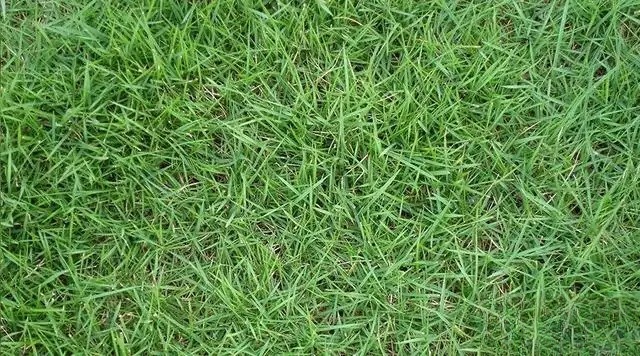
Manila Lawn
Bermuda grass
Type: Warm season type (optimal temperature range is 26-32°, generally not resistant to low temperatures, stops growing below 10°; used for lawns that do not have strict requirements for green period and are managed more extensively)
Ecological habits: Bermuda grass prefers warm and humid climates, and has poor shade and cold tolerance. The most suitable growth temperature is 20-32℃, and it almost stops growing at 6-9℃. It prefers fertile soil with good drainage. Bermuda grass tolerates trampling and has strong invasion ability. The green period of this lawn is 270 days in South China, and about 240 days in North China and Central China.
Garden use: It grows mostly near villages, on roadside river banks, and on wasteland and hillsides. Its rhizomes have strong spreading ability and cover a wide area of the ground. It is a good embankment and soil conservation plant and is often used to build lawns or courts.
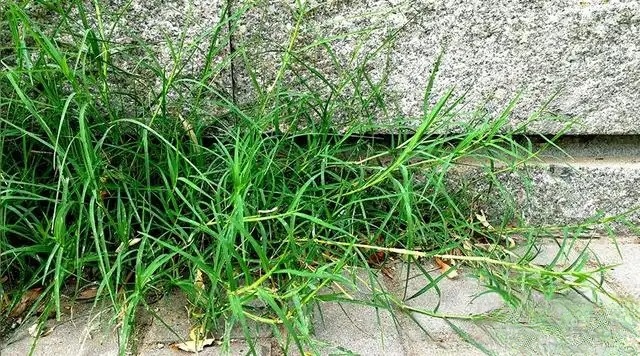
Bermuda grass
Ryegrass
Type: Cool season type (for lawns that require a long green period and a high level of management)
Ecological habits: Ryegrass has well-developed fibrous roots, but they do not penetrate deep into the soil. The grass has poor heat and drought resistance, but is resistant to moisture. It has strong regeneration ability when the day and night temperature is 12℃-27℃. Ryegrass is moisture-resistant, but poor drainage or high groundwater levels are not conducive to its growth.
Garden use: It has multiple functions such as consolidating soil and protecting slopes, reducing surface runoff, and increasing infiltration, so it can be used to prevent soil erosion.
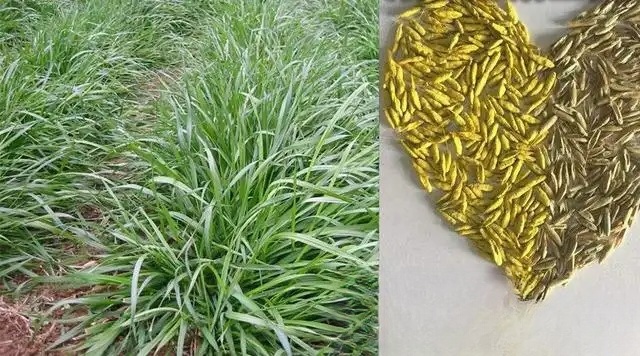
Ryegrass
Paspalum bahamut
Type: Warm season type (optimal temperature range is 26-32°, generally not resistant to low temperatures, stops growing below 10°; used for lawns that do not have strict requirements for green period and are managed more extensively)
Ecological habits: It is extensive in nature, not very selective about soil, has vigorous tillering, thick underground stems, and a well-developed root system. It is extremely drought-resistant and heat-resistant, has moderate cold resistance, is shade-tolerant, and is highly resistant to trampling.
Garden use: excellent road slope protection, soil and water conservation and greening plant in the south.
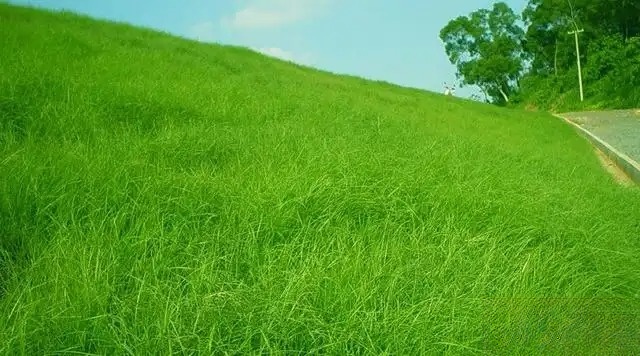
Paspalum bahamut
Zoysia japonica (Velvet grass, Taiwan grass, Taiwan No. 2)
Type: Warm season type (optimal temperature range is 26-32°, generally not resistant to low temperatures, stops growing below 10°; used for lawns that do not have strict requirements for green period and are managed more extensively)
Ecological habits: It likes warm climate and moist soil environment, and has strong drought resistance, but its cold resistance and shade tolerance are poor, not as good as Zoysia. It is not strict with soil requirements, and fertile soil with a pH value of 6 to 7.8 is most suitable. It has weak resistance to rust and needs to be maintained.
Garden use: Used as beautification plants in sports fields, airports and various entertainment venues.
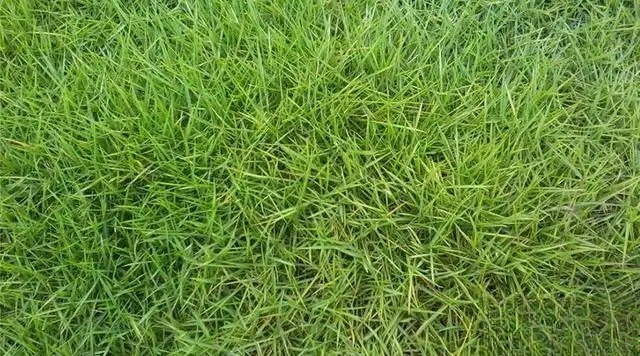
Zoysia japonica (Velvet grass, Taiwan grass, Taiwan No. 2)
Macrophylla
Type: Warm season type (for lawns that are not strict about the green period and are managed more extensively)
Ecological habits: It likes light, is relatively shade-tolerant, has strong regeneration ability, and is also resistant to trampling. It is not very demanding on soil and can adapt to low-fertility sandy and acidic soils. It grows best on alluvial soil and fertile sandy loam, but does not grow well on dry high hills. Although it has strong shade tolerance, high regeneration ability, is also resistant to trampling, and has strong resistance to diseases and insect pests, it has poor cold resistance and is prone to frost.
Garden use: Courtyard lawn, water conservation lawn In South China, it is an excellent soil-fixing and slope protection plant and can be used as lawns on both sides of roads.
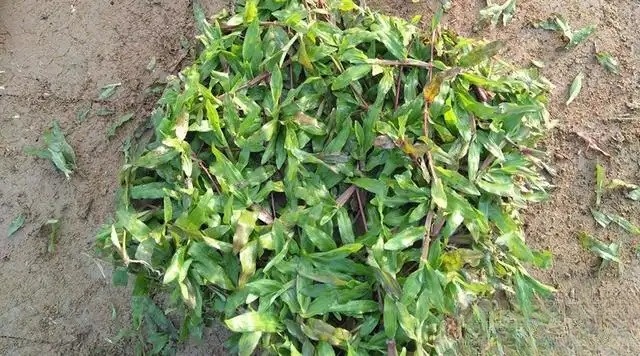
Macrophylla
Artemisia flexuosa
Type: Warm season type (optimal temperature range is 26-32°, generally not resistant to low temperatures, stops growing below 10°; used for lawns that do not have strict requirements for green period and are managed more extensively)
Ecological habits: The root system is very developed, the fibrous roots are thick, 30-60 cm long, the depth of the soil can reach more than 50-80 cm, and the root width is about 60-90 cm. It has strong cold and cold resistance, and can be planted in areas with an annual precipitation of 300-1700 mm. It is most suitable for growing in dry and cool areas with an annual average temperature of 5.9-26.2 degrees.
Garden use: It has strong resistance to diseases and pests, and has been widely used for purposes such as highway slope protection, river bank embankment and soil and water conservation.
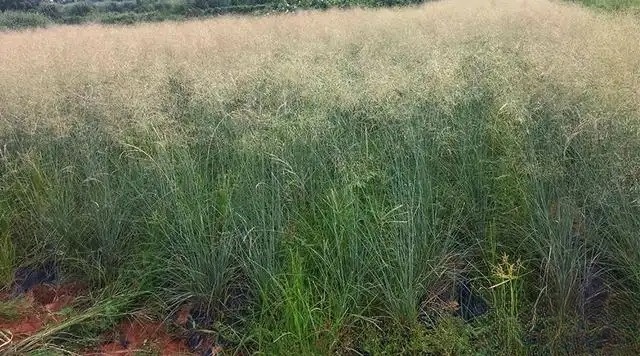
Artemisia flexuosa
Tall Fescue
Type: Cool season type (for lawns that require a long green period and a high level of management)
Ecological habits: It likes cold, humid and warm climates, and grows well in fertile, humid, organic-rich fine loam with a pH value of 4.7 to 8.5. It is resistant to high temperatures and is the most heat-resistant and trample-resistant cold-season lawn. It can remain evergreen in the Yangtze River Basin. It likes light, tolerates semi-shade, is sensitive to fertilizers, has strong stress resistance, acid resistance, barrenness resistance, and disease resistance. It is suitable for planting in warm and humid mid-subtropical to mid-temperate regions.
Garden use: widely used in sports field lawns and protective lawns.
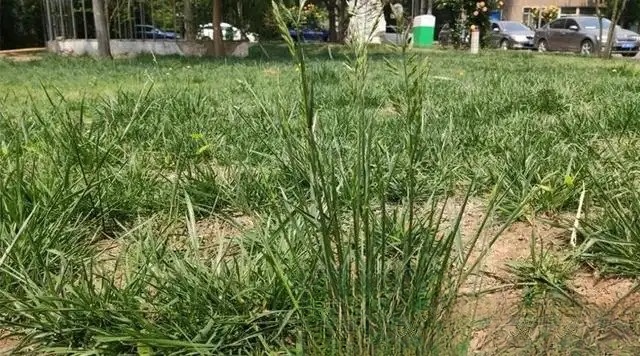
Tall Fescue
Kentucky bluegrass
Type: Cool season type (for lawns that require a long green period and a high level of management)
Ecological habits: It likes light and shade, likes warm and humid conditions, has strong cold resistance, but poor drought resistance. Its growth stops in hot summer, and grows luxuriantly in spring and autumn. It grows well in wetlands with good drainage and fertile soil. It has good rhizome reproduction ability and regeneration ability, and is relatively resistant to trampling. It turns green in March and April in the northwest region, and turns yellow in early November; it starts to turn green in March in Beijing, and turns yellow in mid-to-late December. It can also safely overwinter in cold areas with a temperature of -30℃.
Garden use: It is mainly used for paving sports fields, golf courses, parks, roadside lawns, dams, etc. It is an important lawn grass.
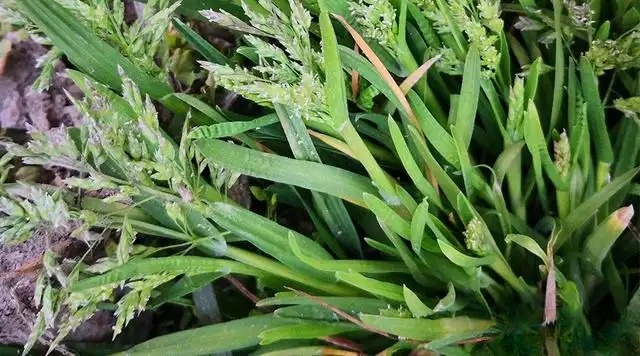
Kentucky bluegrass
Centipede grass
Type: Warm season type (optimal temperature range is 26-32°, generally not resistant to low temperatures, stops growing below 10°; used for lawns that do not have strict requirements for green period and are managed more extensively)
Ecological habits: It likes light, tolerates shade, tolerates drought, and is relatively resistant to trampling. In Xiamen, it turns green in mid-March and turns yellow at the end of December. It has a long green period. It likes sunlight and loose soil. If the soil can be kept moist and there is no frost in winter, it can remain green all year round. The narrow leaves and creeping stems spread flat on the ground, forming a compact and flat lawn with almost no invasion of other weeds. It is resistant to pruning, sulfur dioxide and other harmful gases, and has good dust absorption and dust retention properties.
Garden use: Suitable for highway greening and beautification, it is an excellent tree species for soil consolidation and slope protection, and greening construction; or mixed with other lawn plants to lay sports lawns, it can also be used for bank protection and embankment reinforcement.
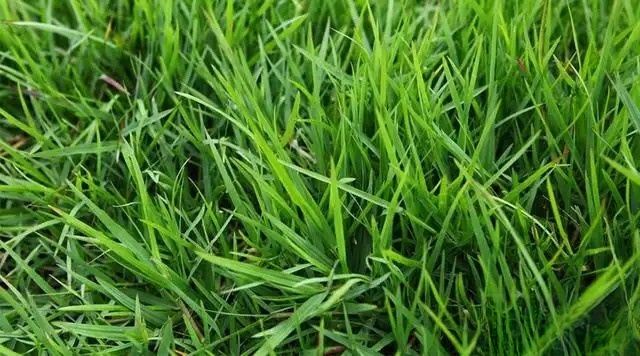
Centipede grass
Buffalo Grass
Type: Warm season type (optimal temperature range is 26-32°, generally not resistant to low temperatures, stops growing below 10°; used for lawns that do not have strict requirements for green period and are managed more extensively)
Ecological habits: suitable for growth, strong drought resistance, salt-alkali resistance, strong vitality and rapid growth.
Garden Uses: Buffalo grass is an important year-round forage plant and is also used in low-maintenance areas such as secondary tall grass areas such as highways, airport runways, and golf courses.
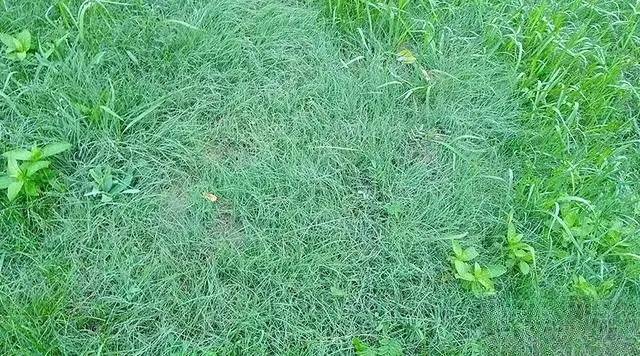
Buffalo Grass
Creeping bentgrass (Evergreen, Bentgrass)
Type: Cool season type (for lawns that require a long green period and a high level of management)
Ecological habits: Prefers cool, humid climates. It is more shade-tolerant than Kentucky bluegrass, but not as good as Festuca australis. It is cold-resistant, heat-resistant, barren-resistant, relatively resistant to trampling, tolerant to low pruning, and has strong regeneration ability after cutting. It is more salt-tolerant than Kentucky bluegrass, but not as good as Perennial Ryegrass. It is not demanding on soil and can grow in slightly acidic to slightly alkaline soils. The optimum pH value is between 5.6-7.0. It has a long green period and grows rapidly.
Garden use: lawn and ground cover. Foliage type, widely used in the greening of golf course greens, football fields, bowling alleys and other sports fields.
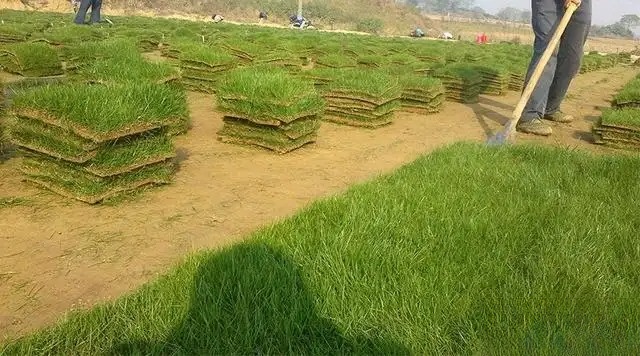
Creeping bentgrass (Evergreen, Bentgrass)
Jade dragon grass
Type: Warm season type (optimal temperature range is 26-32°, generally not resistant to low temperatures, stops growing below 10°; used for lawns that do not have strict requirements for green period and are managed more extensively)
Ecological habits: It likes light, is shade-tolerant, cold-tolerant, heat-tolerant, evergreen, and resistant to trampling. The most suitable growth temperature for Jade Dragon Grass is 25-30℃, and it can safely survive the winter at -3℃~0℃. It is not very demanding on soil and grows better in well-drained sandy loam. It likes a moist growth environment, and keeping it slightly moist during the growth period can make it grow and divide rapidly .
Garden uses: It can be used as slope protection plants, courtyard ground cover, flower bed edge planting, can also be used to beautify hillsides and walls, or planted in large areas in the courtyard for viewing.
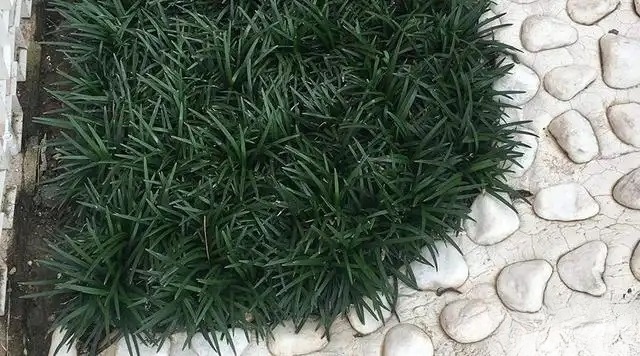
Jade dragon grass
Grammar grass
Type: Warm season type (optimal temperature range is 26-32°, generally not resistant to low temperatures, stops growing below 10°; used for lawns that do not have strict requirements for green period and are managed more extensively)
Ecological habits: It is heat-resistant and extremely drought-resistant. Although it is a warm-season lawn grass, it is resistant to low temperatures and can be used in cold semi-arid and semi-humid areas. It is late to turn green in spring. It is adaptable to a wide range of soils and is more tolerant of sandy soils than buffalo grass, but is most suitable for growing on fine-textured, plateau soils; it has good alkaline resistance. It is not resistant to trampling.
Garden use: It is often used in garden lawns or wilderness areas with extensive management, low requirements for lawn quality, no irrigation conditions, and low frequency of use, such as roadsides and cemeteries. It is often used in secondary tall grass areas on golf courses.
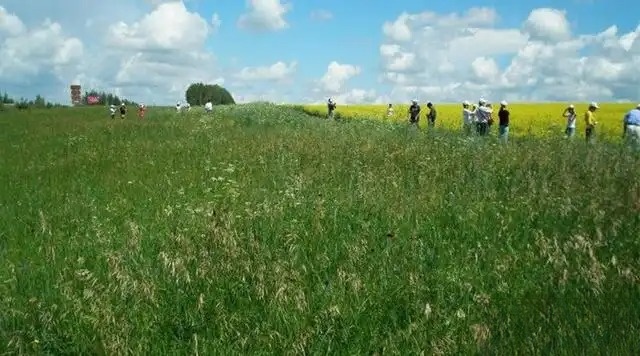
Grammar grass
Bluntleaf grass
Type: Warm season type (optimal temperature range is 26-32°, generally not resistant to low temperatures, stops growing below 10°; used for lawns that do not have strict requirements for green period and are managed more extensively)
Ecological habits: A new grass species that is not afraid of being trampled, "cubic blunt-leaved grass", has recently passed expert identification. This grass has the characteristics of low planting cost, no damage to soil fertility, and easy reproduction. It is considered to be a rare and excellent warm-season lawn grass species. It grows well in moist, well-drained, sandy, medium to high fertility slightly acidic soils, has poor cold resistance, and is only adapted to coastal areas with warm winters. It is very sensitive to several lawn damages such as long-necked stink bugs.
Garden use: used as lawn in public green space and garden. Ground cover under big trees. Strong salt tolerance, especially suitable for water and soil conservation on seaside slopes. Striped blunt-leaved grass has milky white stripes on its leaves, and the color is beautiful.
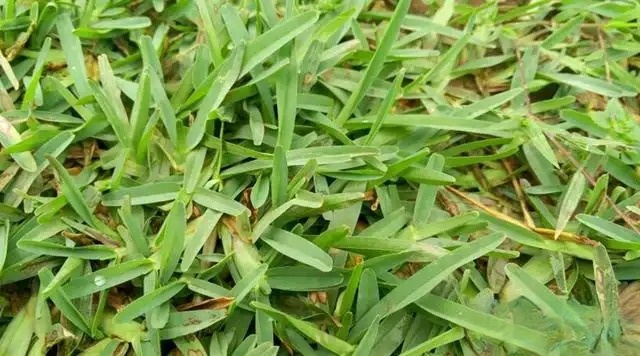
Bluntleaf grass
Ophiopogon japonicus
Type: Cool season type (for lawns that require a long green period and a high level of management)
Ecological habits: shade tolerance, drought tolerance, cold tolerance, heat tolerance, moisture tolerance, and barrenness tolerance. Tests have shown that Oleander is a typical shade-tolerant plant that can grow normally in strong light and weak light environments.
Garden use: It can be planted in patches in shady and moist spaces in scenic areas and on watersides and lakesides as ground cover plants; it is also a good potted foliage plant.
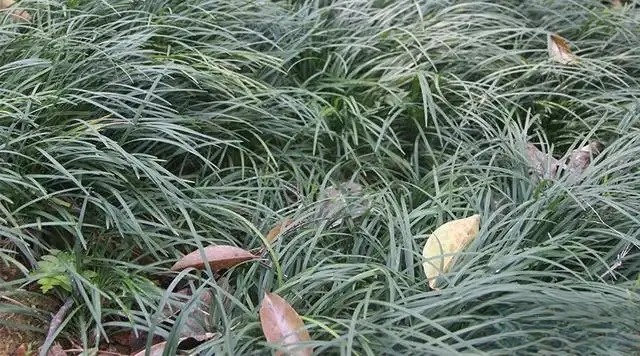
Ophiopogon japonicus